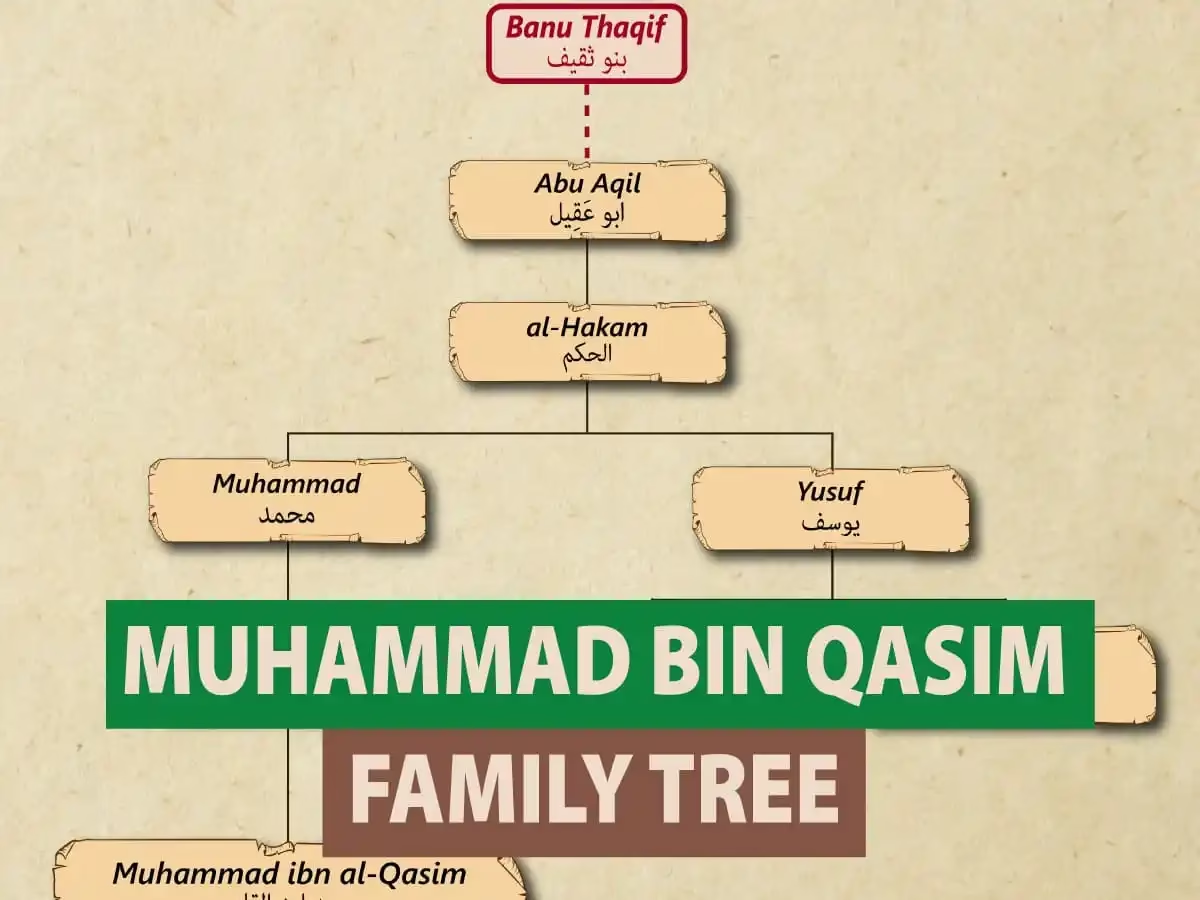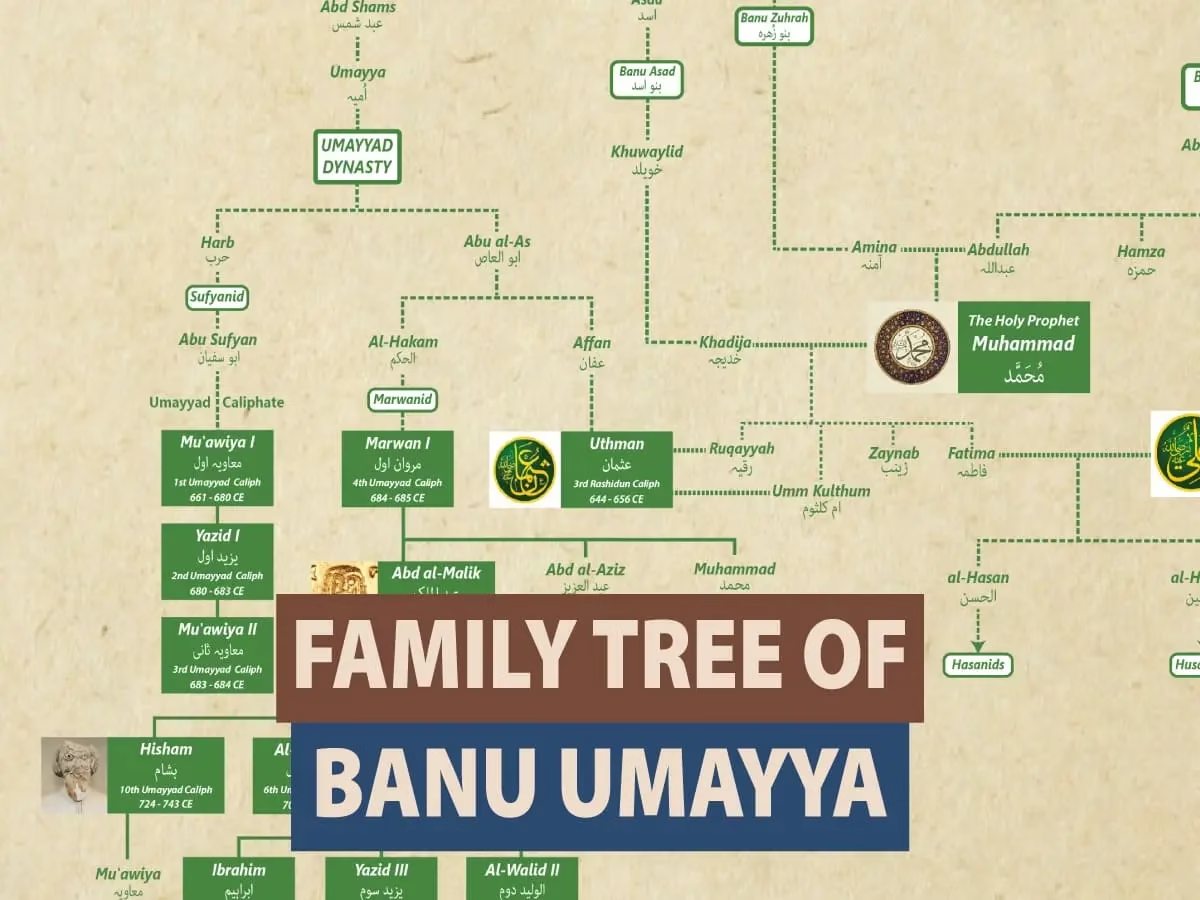On 16 October in 912 AD/CE, Abd al-Rahman III ascended the throne of the Umayyad Emirate of Córdoba, marking the beginning of a transformative era in Muslim Spain (Al-Andalus). His reign is remembered for political consolidation, economic prosperity, and cultural advancements.
In 929 AD/CE, he declared himself Caliph, officially founding the Caliphate of Córdoba, an act that significantly strengthened Umayyad rule in Iberia.
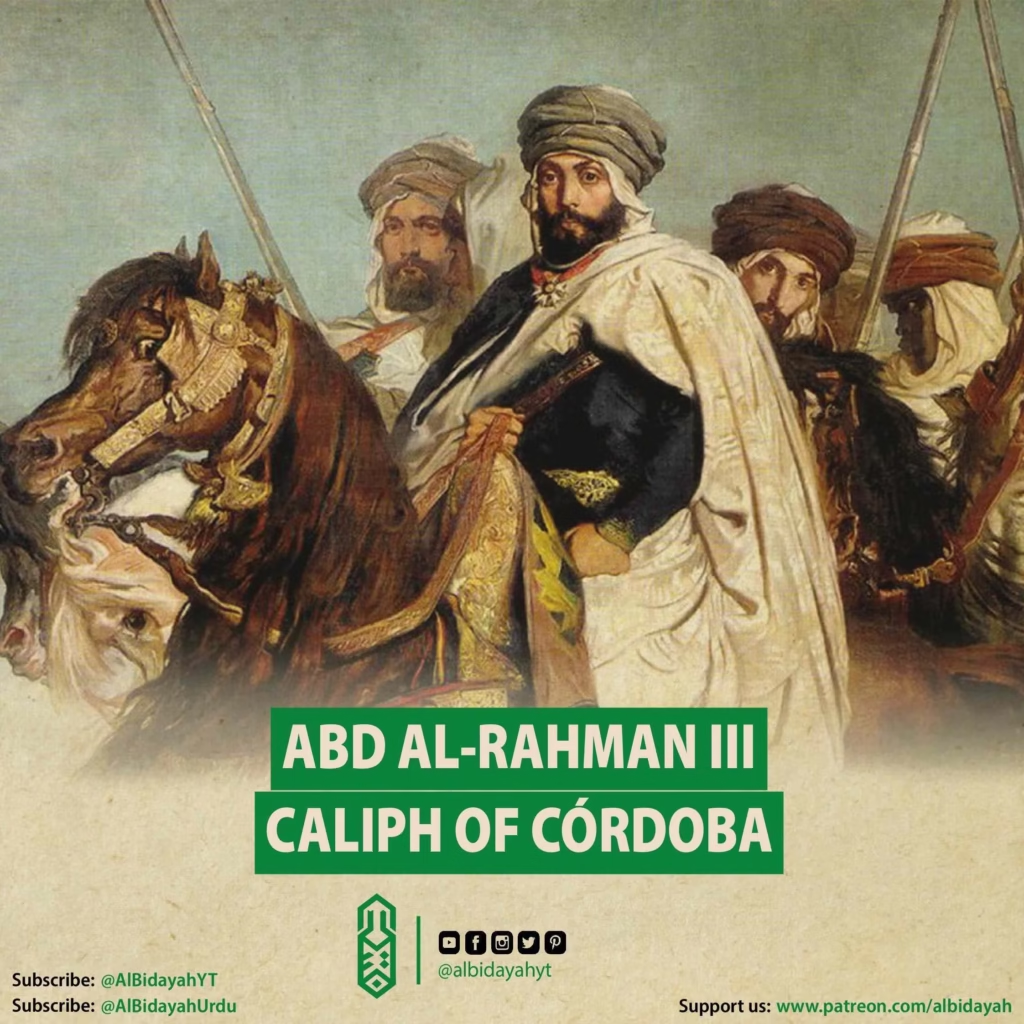
See Also: Umayyad Dynasty Family Tree
The Golden Age of Al-Andalus
The rule of Abd al-Rahman III is widely regarded as the golden age of Muslim Spain. By reunifying Al-Andalus, he established stability and prosperity, allowing Cordoba to flourish as a center of learning, culture, and economic power. His reign witnessed urban expansion, architectural marvels, and advancements in administration that shaped the region for centuries.
One of his most ambitious projects was the construction of Medina Al-Zahara, a grand palace city built to symbolize the power and sophistication of the Umayyad Caliphate. The complex housed royal palaces, administrative offices, gardens, and luxurious living spaces, reflecting the grandeur of his rule.
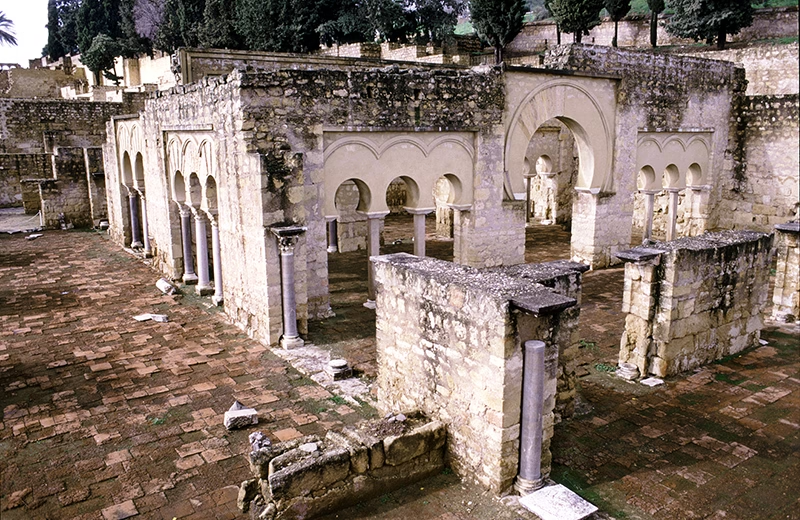
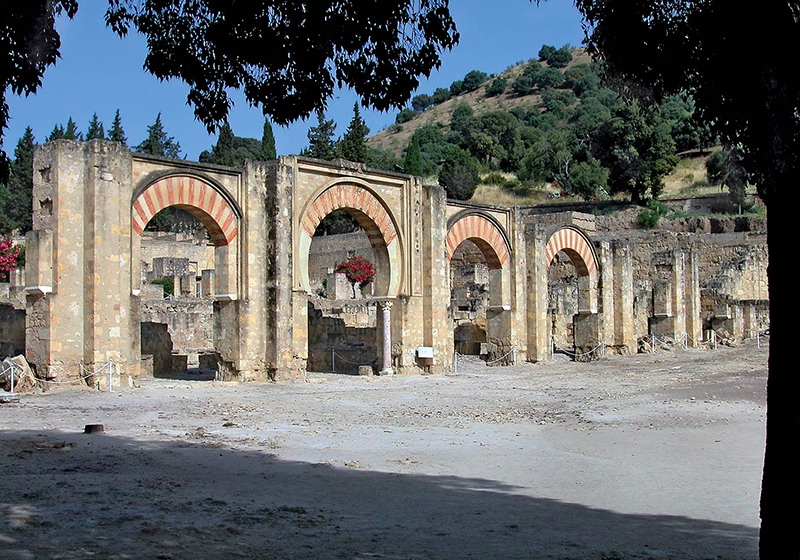
A Centralized and Powerful State
Recognizing the problems of decentralized Umayyad rule, Abd al-Rahman encouraged the growth of Cordoba as a powerful center. Continuing a trend set by his 9th-century AD/CE predecessors, Abd al-Rahman settled defeated regional potentates in Cordoba. This way he could keep an eye on them while they also added to the population and wealth of the city.
A Challenge to Rival Caliphates
Abd al-Rahman was descended from the Umayyad Caliphate that ruled from Damascus from 661 to 750 CE, and his announcement in 929 CE that he was the rightful Muslim caliph, the leader of Islam, was a direct affront to the Abbasids in Baghdad and the new Fatimid Caliphate in North Africa. It was an enormous power play that furthered his prestige and gave a larger rallying point for the Muslims of Spain.
See Also: Abbasid Dynasty Family Tree
Legacy of Abd al-Rahman III
Abd al-Rahman III’s reign laid the foundation for one of the most prosperous and culturally rich periods in Islamic history. Under his leadership, Córdoba became a beacon of learning, tolerance, and architectural brilliance, rivaling the great cities of Baghdad and Constantinople. His legacy as a visionary ruler, military strategist, and patron of the arts continues to be celebrated as a defining chapter in the history of Al-Andalus.

